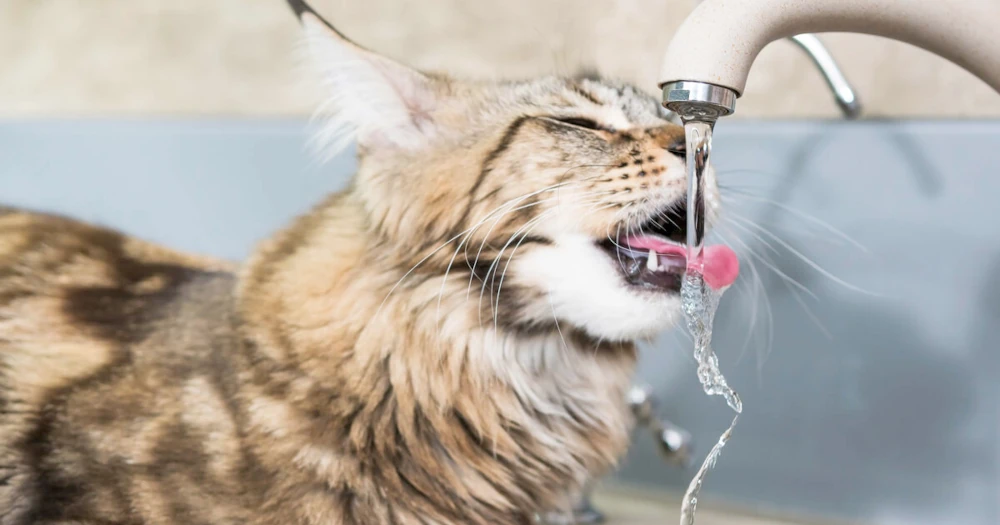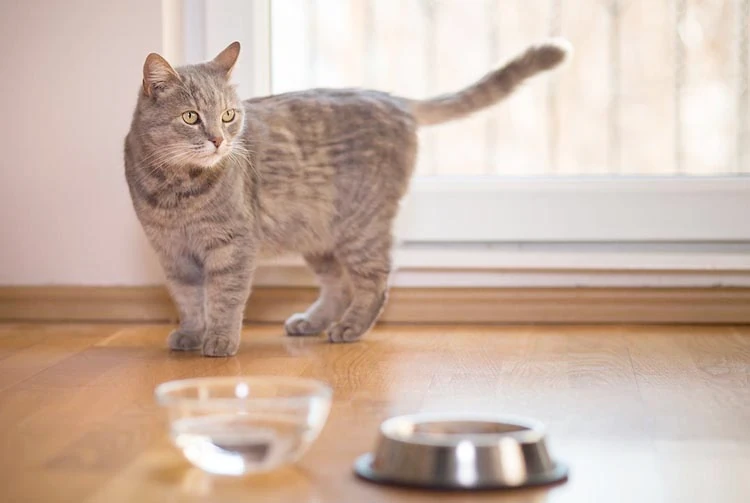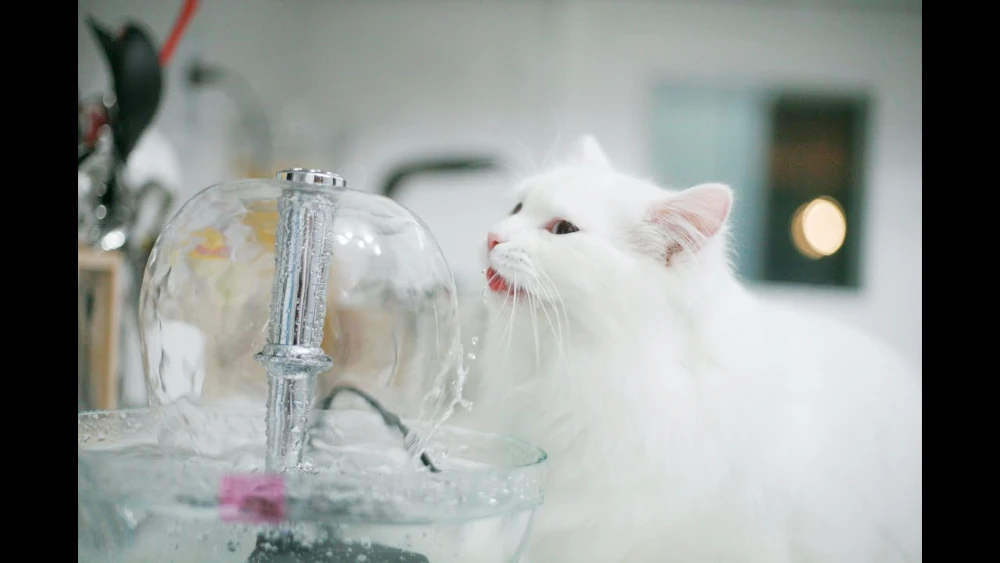How Long Can A Cat Go Without Water

The necessity of water sustains a cat’s life because it helps their body digest food, transport needed substances, and maintain body temperature. After water deprivation, a cat will rapidly decline in health, leading to dehydration and, consequently, organ failure.
Cats share the same necessity as all living creatures to obtain water in order to survive.
What type of outcome does depriving a cat of its necessary water sustenance cause? The dangerous nature of water deprivation in cats stems from owner carelessness and sickness combined with the refusal to drink. The owner needs to recognize both the length and signs of dehydration in their cat.
Cats possess independence and resilience, yet they remain exposed to dehydration risks. Their age, health condition, activity patterns, and food intake influence the period of survivable waterlessness. Understanding this risk is crucial.
The necessity of water in cats
Water constitutes 60-70% of cats’ total weight and supports virtually all their body functions. The body needs water for proper digestion and joint movement, yet it also uses it to preserve complete health. Because of their natural behavior, cats do not drink excessive amounts of water, nor do they drink much when fed a wet diet containing between 70% and 80% moisture.
The functioning of a cat’s body becomes more difficult without water availability. Dehydration in cats creates the dangers of developing kidney failure alongside urinary tract infections and many additional health issues.

How long can a cat go without water?
A cat needs three to four days to survive without water, but multiple environmental elements will determine its survival length. The onset of severe dehydration signs begins to affect some cats within 24 to 48 hours.
Water deprivation creates an urgent condition that cats cannot endure as well as food deprivation does since cats can survive two weeks without food.
A cat without water for one day will display tiredness and initial dehydration indicators through dry gums and eyes that sink into their sockets.
After two or three days of dehydration, the cat’s organs will begin to collapse until irreparable damage or death occurs if medical care for hydration is not provided.
Factors affecting a cat’s survival without water
1. Age and health conditions:
Due to their insufficient immune capabilities and limited fluid regulatory skills, kittens and elderly cats face higher dehydration risks. Medical issues, for instance, kidney disease and diabetes, make cats prone to getting dehydrated quickly.
2. Diet
The water quantity animals need depends on what kind of cat food they eat since dry kibble needs more water, while wet food can be consumed with less fluid. Animals that survive on dry cat food need more water because it contains just 10% moisture compared to fresh meat.
3. Environmental conditions
Hot and dry environmental conditions speed up the depletion of water in a body. When cats remain without water exposure in excessively hot temperatures, heatstroke can prove fatal within a few hours.
4. Activity levels
Hot and dry environmental conditions speed up the depletion of water in a body. When cats remain without water exposure in excessively hot temperatures, heatstroke can prove fatal within a few hours.
5. Stress & anxiety
When cats deal with stressful events like moving or staying in new environments, they naturally stop drinking water. The animal silently stops drinking, which slowly creates dehydration problems.

Signs of dehydration in cats
Detecting early dehydration symptoms helps stop adverse health consequences from developing.
Some key symptoms include:
- Dry gums and sticky saliva
- Use the skin tenting test to observe skin elasticity because delayed skin return indicates dehydration in your feline friend.
- Sunken eyes
- Lethargy and weakness
- Panting or excessive grooming
- Reduced urination or dark-colored urine
It is essential to provide immediate rehydration to cats who display such signs. The severe condition demands medical assistance with a need for intravenous fluids to address the problem.

How to inspire a cat to drink more water
Pet owners who have finicky cats regarding water intake must discover creative approaches for maintaining hydration. Here are some strategies:
Provide fresh water regularly
Cats like clean, fresh water. Daily replacement of water with clean bowls will both improve attractiveness and maintain cleanliness for improved drinking habits.
Use a cat-warm fountain.
Most cats find the sensation of flowing water to be attractive. The constant flow of fresh water from a pet fountain promotes drinking water consumption.
Wet food diet
Wet cat food plays a vital role in raising the amount of water cats consume. Mixing water with dry food provides an effective method to add more hydration.
Multiple water stations
To promote your cat’s water consumption, you should position multiple water bowls across your house.
Flavor the water
Small portions of tuna juice or low-sodium chicken broth added to drinking water can attract eat-deprived cats.
Perfect time to seek veterinary help
Report water intake problems lasting more than 24 hours to a veterinarian for appropriate examination. You need to get medical treatment right away for your cat when dehydration becomes life-threatening because it leads to weakness, makes vomiting worse, and causes fainting through dehydration.
A veterinarian can rehydrate the cat by injecting fluids below the skin or into the bloodstream while determining whether any medical conditions prevent water consumption.
Conclusion
Cats have a survival period of three to four days without water. However, the early signs of dehydration start appearing right away. Several conditions, including age, together with diet, environmental conditions, and health status, determine the speed at which dehydration becomes deadly for cats.
A pet owner needs to recognize dehydration signs and take proactive hydration steps to prevent serious health problems. The overall wellness of your cat depends heavily on your choice to give daily fresh water together with observation of their water consumption.
